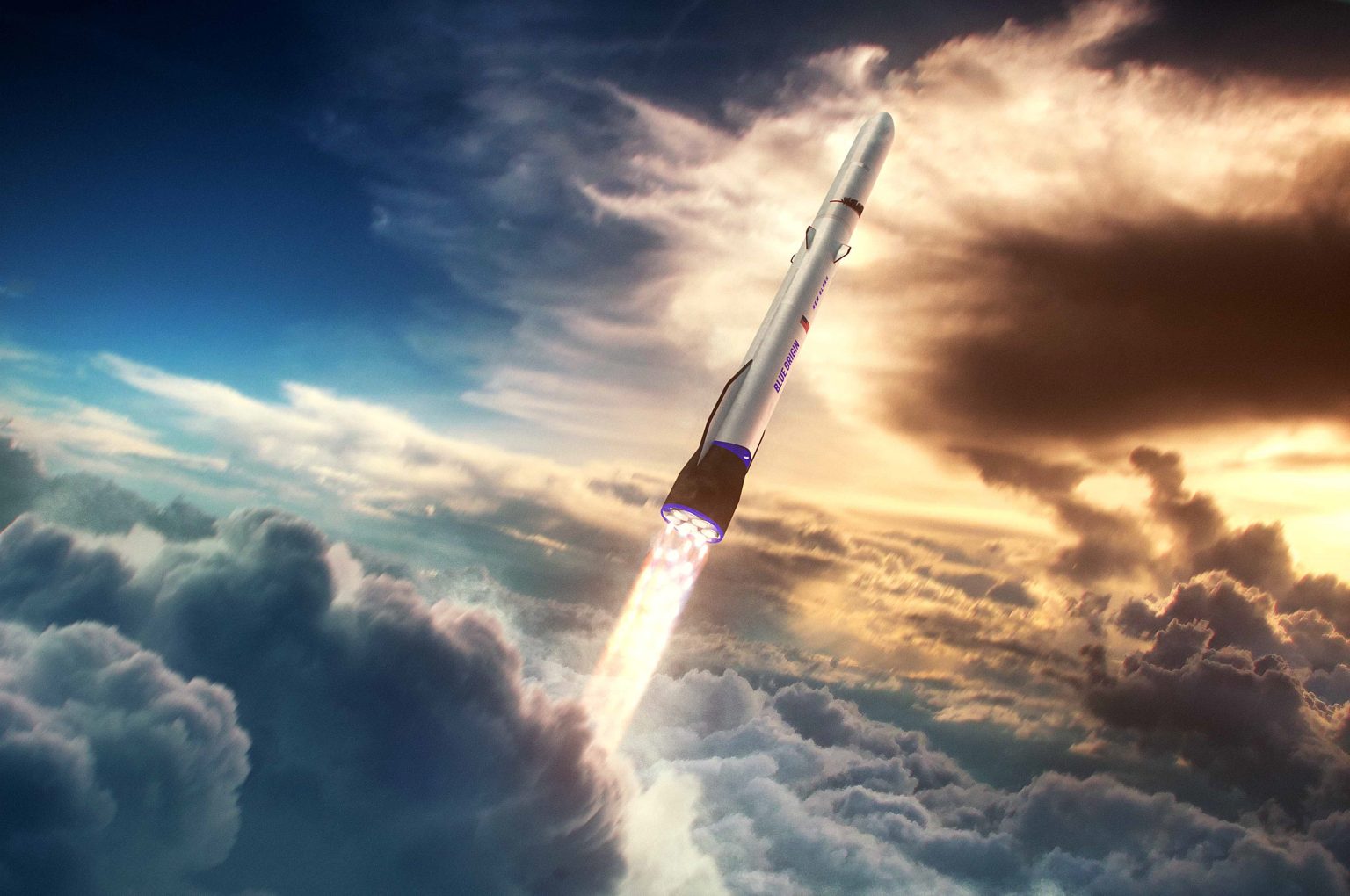Blue Origin, based in Kent, Washington, has been selected by the Department of Defense to compete for a share of up to $5.6 billion in national security space launch contracts. This marks the first time that Jeff Bezos’ space venture has been chosen for such an opportunity. Blue Origin’s New Glenn rocket is now eligible to be selected for the Pentagon’s most sensitive launches, joining rockets from SpaceX and United Launch Alliance in the competition. The Phase 3 Lane 1 procurement process runs through mid-2029, with the possibility of a five-year extension.
Blue Origin’s New Glenn rocket, named after NASA astronaut John Glenn, is currently under development at the company’s facilities in Florida. The rocket is expected to launch for the first time in September. The initial mission involves sending a pair of robotic probes to study Mars’ magnetosphere for NASA’s EscaPADE mission. The amounts allocated to the three launch providers in the Phase 3 Lane 1 program will be determined by the task orders that are issued for specific launches over the next five years. The U.S. Space Force’s Space Systems Command is releasing requests for proposals relating to two task orders so far, covering missions for the Space Development Agency and the National Reconnaissance Office.
The Phase 3 program includes funding for each provider to conduct an initial capabilities assessment and demonstrate how they will approach the Pentagon’s requirements for mission assurance. As a new provider, Blue Origin will receive $5 million for this purpose, while SpaceX and United Launch Alliance will receive $1.5 million each. Blue Origin has been striving to participate in the national security launch program for some time, having previously missed out on Phase 2 in 2020. The Phase 3 program aims to increase competition for national security launches by offering contract opportunities in two lanes, with Lane 1 for commercial-like missions and Lane 2 for highly sensitive launches.
Frank Calvelli, assistant secretary of the Air Force for space acquisition and integration, introduced the innovative dual-lane approach to launch service acquisition as part of Phase 3. Lane 1 will handle more commercial missions that can accept higher levels of risk, while Lane 2 will focus on the most demanding heavy-lift launches for sensitive missions. At least 30 Lane 1 missions are expected to be completed over the five-year ordering period, with the potential for additional providers to be included as their launch capabilities mature. Further details about the Lane 2 process, including eligible providers, are set to be announced later this year.


